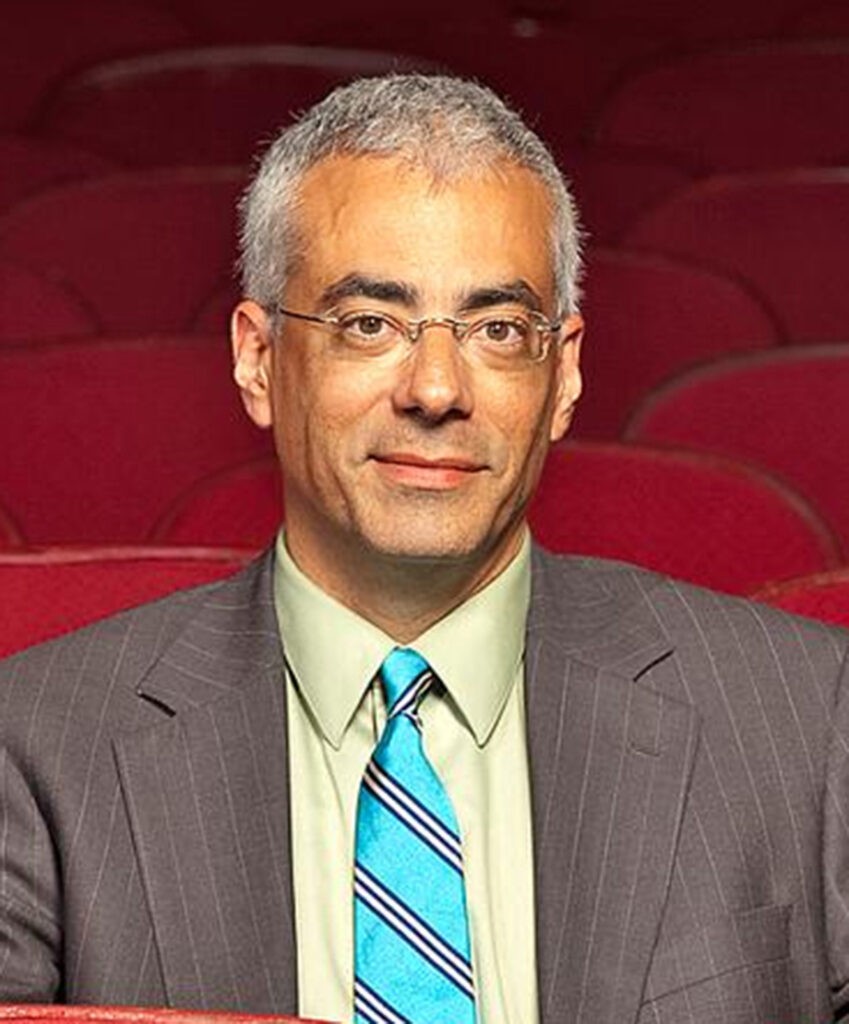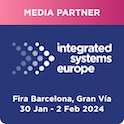UCF Themed Experience program collaborates with VR pioneer Dr. Carolina Cruz-Neira
by Peter Weishar
ABOVE: The CG image above is a work in progress from “Pegasus Station”, a VR portal collaboration between UCF Themed Experience and Engineering. It is modeled in Autodesk Maya and rendered in the Unity engine by Themed Experience MFA candidate Duncan Macpherson. All images courtesy of Dr. Carolina Cruz-Neira.
One of the most exciting and enjoyable aspects of working in a large research university is the myriad opportunities for interdisciplinary collaboration. I oversee a small Themed Experience graduate program at the University of Central Florida in Orlando. We must partner with industry and other academic disciplines in order to provide an educational experience that reflects the breadth of expertise and diversity of experience in themed entertainment.
One of the most important interdisciplinary relationships we have is between Engineering and VR. Virtual reality (VR) has progressed to the point where the tools have become accessible, inexpensive and ubiquitous. The next generation of themed experience professionals will be using computer graphics (CG) and VR not only for previsualization but also as an integral component of the guest experience. At UCF, CG visualization is a required course in the Themed Experience program. We see it as an essential platform for the future of themed entertainment.
The technology has reached a point where it can deliver upon its promise. In education, we prepare students for the future and we see a path with deepening relationships between these technologies and the themed experience.
In 2020 UCF recruited two pioneers of VR and interactive visualization, Dr. Carolina Cruz-Neira and Dirk Reiners. Dr. Cruz-Neira is a member of the National Academy of Engineering. She created and deployed a variety of technologies that have become standard tools in industry, government and academia. Dr. Cruz-Neira is known world-wide for being the creator of the CAVE virtual reality system. She has over 100 publications as scientific articles, book chapters, and magazine editorials. She has also founded and led very successful virtual reality research centers, like the Virtual Reality Applications Center at Iowa State University, the Louisiana Immersive Technologies Enterprise, and the Emerging Analytics Center at the University of Arkansas at Little Rock. She has been named one of the top innovators in virtual reality and one of the top three greatest women visionaries in virtual reality. Currently, Dr. Cruz-Neira is the Agere Chair in Computer Science at the University of Central Florida.
Here, I share a discussion that Dr. Cruz-Neira and I had about academic research and the future of VR and themed entertainment, and its importance in academic pursuits. — P.W.
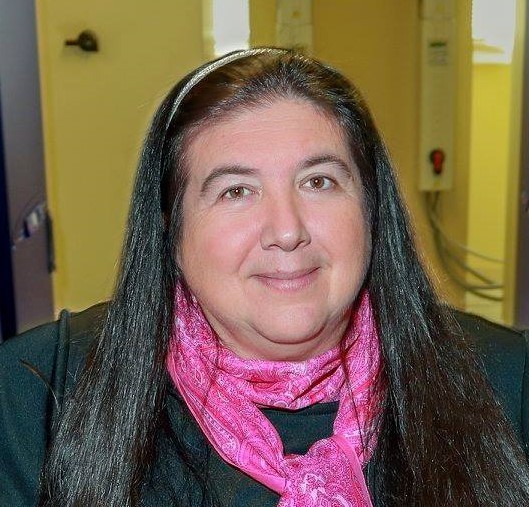
Dr. Carolina Cruz-Neira
Prof. Peter Weishar: I remember my first exposure to the CAVE at SIGGRAPH – an exciting solution for a shared experience in a virtual environment. Please tell us about the development of the CAVE system and your pioneering work in projected virtual environments.
Dr. Carolina Cruz-Neira: My first experience with VR was in 1991 at the ACM SIGGRAPH 1991 conference. There was an exhibit called “Tomorrow’s Realities” where the main technology showcased was virtual reality. Most of the applications were entertainment applications, like surfing, catching floating objects to score points, or exploring beautiful imaginary spaces. Like most people, my first reaction was “wow!” but after that, I put my engineer hat on and started to think about what exactly I had experienced and what it could be helpful for.
There were several aspects that I loved, like the ability to leave the real world and explore new worlds in ways not possible in reality – this opened creative opportunities limited only by our own imaginations. But I also noticed aspects that bothered me, in particular the fact that I was alone in the virtual space and that I lost my body. It was hard to share the experience with others, even in collaborative worlds as I could not see their social cues, such as facial expressions and body language. So when I had the opportunity to pursue a PhD in virtual reality my main motivation was to develop a technology that would allow for multiple participants to share the virtual space in the same manner as we do in real life. So, the CAVE was born. The first one was shown at the ACM SIGGRAPH 92, just a year after my first contact with VR. It became an instant success and in the following years many industries adopted the CAVE – from engineering design, to oil & gas exploration, to drug design, to training, to virtual heritage, to art.
The original CAVE required a cluster of workstations and specialized parallel software libraries to integrate and synchronize all the components. Development was, in a sense, reserved to highly advanced computer scientists. Today, a system such as the vDen (vdenvr.com) utilizes a single workstation and other off-the-shelf components and it is compatible with the current development SDKs and engines, bringing developing CAVE applications to the same level of simplicity as developing applications for current headsets. This enables teamwork in a single virtual space, where we can maintain the social interaction needed to carry on conversations and make decisions through consensus.
The CAVE and other related technologies are not a replacement for headsets as well as headsets are not a replacement for CAVEs. VR, in order to be successful, needs to provide a range of platforms that support the context in which the users need to operate.
Since Covid arrived, we have been hearing more about “frictionless VR” where the guest does not need to wear head-mounted displays. Frictionless seems like a safer alternative that will instill more confidence in the guest experience. Do you see this as a lasting trend?
The issues of hygiene and safety when sharing headsets have now become much more relevant with Covid-19. So, when we return to a somewhat normal life, I think many people would be leery of using headsets that are accessible to multiple users, especially in public installations where it is hard to control and trace those users. A possible alternative that we are exploring is the user of room-size VR where only glasses are needed to enter the real world. Since the early days of my career I have been investigating not only new technologies, but also the logistics of deploying, operating and maintaining those technologies. As the individual components to do room-size VR, like CAVEs are simpler and affordable, we are moving away from using polarized glasses, for example. Polarized glasses are inexpensive and disposable, but the logistics of maintaining a dual projection system and the possible complexity of developing the software makes more interesting the use of active shutter glasses and single projectors per display surface. The form factor and affordability of the shutter glasses are now such that it could be possible to, for example, own your own glasses and take them with you to different experiences and installations, where there is still controlled proximity interaction among users but no sharing of the VR gear needed for the experience.
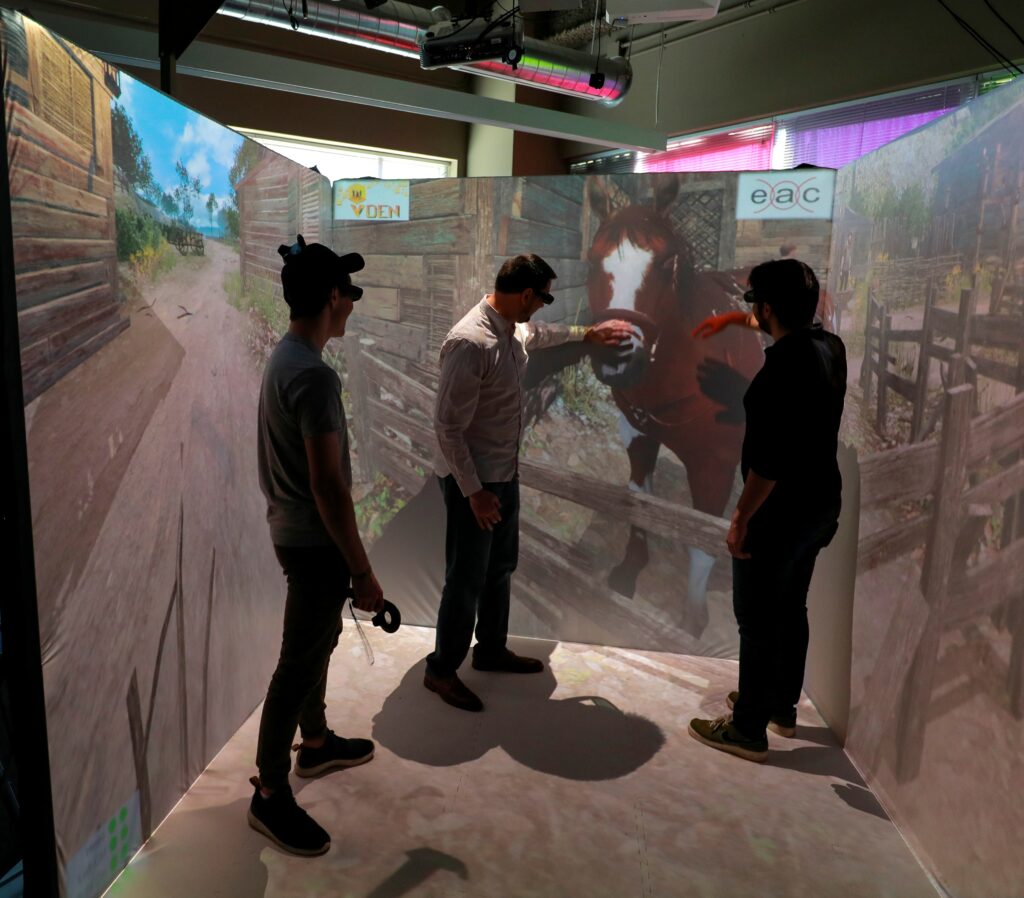
Inside the VR CAVE
Another approach to frictionless experiences is “bring your own device” – capitalizing on the ubiquity of smartphones and tablets. This is a very affordable and simple platform for mainstream VR and AR. For example, visiting an archeological site or other historic location, visitors can use a phone or tablet as their window into the past to see the structures and even the life that may have taken place there centuries ago.
You started at UCF in January 2020, and I know you are planning for a new state-of-the-art research lab. There are exceptional opportunities for collaboration with industry here in Orlando with the themed entertainment and aerospace industries. Can you tell us about your plans for the lab and the focus of your current research?
With the popularity of VR through the rapidly growing consumer and consumer “pro” technologies, our research is focusing on the understanding on where VR (and AR) can be helpful and in what “format” or platform. I do not draw a clear line between VR and AR and other modalities of mixed reality. For me all those technologies are part of a spectrum of technologies to create engaging and useful user experiences targeted to specific tasks, whether those tasks are entertaining the user, or enabling the user to better understand engineering design, or providing a powerful training environment.
The level of immersion, the level of separation or blending into the real world, the interactive richness of the experience, the operational environment in which users need to work with the technology, the need to share the experience with other users co- located or remote are all factors that help determine the specific platform for the experience. This perspective is what drives my current research, which is focused in three main areas: investigate the context of use in which VR/AR/XR can be helpful and in what form; investigate how VR/AR/XR can be helpful for teamwork and collaborative experiences; and investigate alternative platforms that need to be developed and guided by the user, and types of applications.
I think this research is particularly relevant to the themed entertainment industry because it is all about the experiences that visitors have in the parks, museums and other venues. The desired user experience must dictate the VR platform in which each ride is built, incorporating engaging elements like the visuals, to the interaction, to the storytelling as well as some variations that may attract come back visitors. But, what I find perhaps more critical for themed entertainment are the operational parameters, such as ease of entrance/exit from the experience, robustness of the technology to operate for many hours each day as well as to be handled by many visitors, hygiene and health safety for repeated use, and costs related to maintenance, replacements, and upgrades. I think my wider view of what VR is opens many more possibilities to integrate it in themed entertainment. It offers possibilities for new rides, but perhaps even more intriguing to me, the possibility to upgrade and enhance long-existing rides using AR techniques. For example, visitors can come back to an old ride and discover “hidden” new elements of the ride’s story if they explore it through their cells or tablets. Maybe there is a new character that travels with them through the ride, adding a new twist to the story or keeping them engaged by adding some surprises in unexpected places along the ride.
You teach a graduate class with many of our Themed Experience MFA candidates and have two exceptionally talented TE grad students as your research assistants who are working on developing a themed virtual environment that will be a hub for multiple projects. Tell us about the collaboration.
This research is really exciting for my group and we are looking forward to collaborating with you and UCF’s Themed Experience program as well as with the different industries located in Orlando. We are just getting started in this new world defined by VR in the entertainment industry, the opportunities for innovation in this industry are limitless.
This collaboration represents many intersecting interests as well as complimentary skills to open new technology-driven opportunities in the industry and prepare the next generations of themed entertainment designers. The Themed Experience students have been able to bridge their creative side with the technical background of my engineering students. This is an aspect of learning that is hard to convey from classroom work, but a critical skill needed for success in the professional world.
Our first project with you and your students focuses on the development of a “portal” to all our VR projects. We have many groups of visitors that come to our lab to see and experience our research in a variety of fields: training, health care, engineering, science, and others. For these visits, we tend to lose time changing from one demonstration to another, so we may lose the engagement of the visitors during the few minutes that our VR systems go “dark” and the next demonstration is up and running. We had the concept of creating a portal from where all our demonstrations are launched so the experience for the visitors is not interrupted as we change applications.
When I found out about you and your program, I got very excited, because now the portal concept has evolved to be, in a sense, a “ride” through the different projects in my group. We have a double benefit because we give your students a real environment for the design of the “ride.” It allows us to showcase the wide range of expertise and possibilities that a collaboration among our groups can do and the kind of students that we are graduating, with engineers and artists working together, having a better understanding of each other’s challenges to make the ride design work under each other’s constraint and therefore those students are ready for the workplace. • • •
Peter Weishar ([email protected]) is a Professor of Themed Experience and Program Director of the Themed Experience Graduate track at the University of Central Florida (https://www.ucf.edu/ degree/ theatre-mfa/themed-experience/). He also serves as an Associate Member of the TEA Eastern North America Division Board, and is chair of the steering committee of the Themed Experience and Attractions Academic Society. Previously, Weishar was Dean of Fine Arts at FSU and Director of the Themed Experience Institute. He also served as Dean of Entertainment Arts at SCAD where he founded the first MFA in Themed Entertainment Design. Weishar has authored three books, Digital Space: Designing Virtual Environments; Blue Sky:The Art of Computer Animation; and CGI:The Art of the Computer Generated Image.



